MGC Group Eco-Friendly Products
Our valuable businesses and products which help reduce the environmental impact of society using the MGC Group's unique and proprietary technologies, etc. have been designated as MGC Group Eco-Friendly Products.
We named the MGC Group Eco-Friendly Product brand Sharebeing. In May 2024, we established the following logo for this brand's products.

See "About Sharebeing" for more information about how it specifically contributes to the environment.
A-D
| Product/technology name | Characteristics | Specific environmental contribution |
|---|---|---|
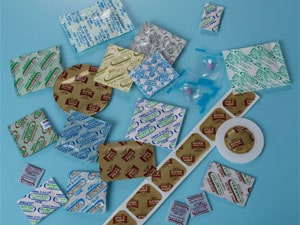 |
|
|
|
BIOMUP (bioplastics) 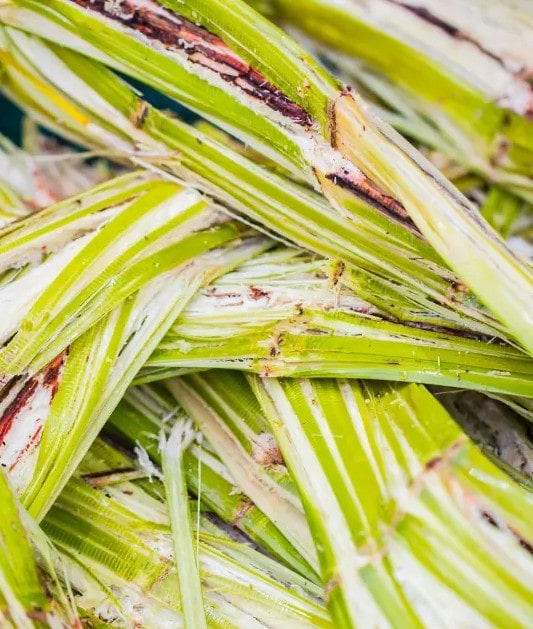 |
|
|
|
Carbopath™ circular carbon methanol 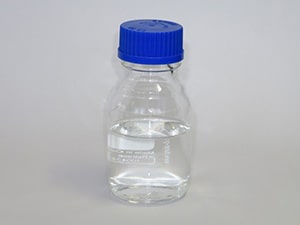 |
|
|
|
CBZ (thermosetting resin) 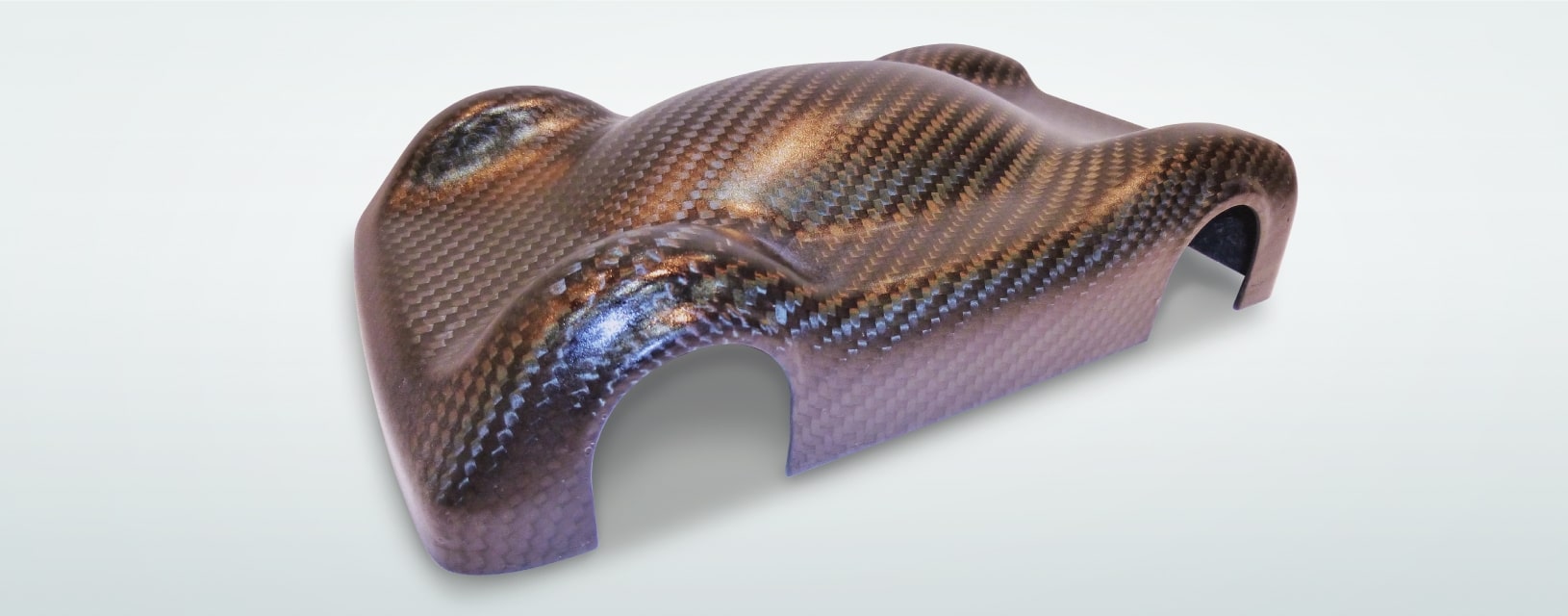 |
|
|
|
Chemical blowing agents 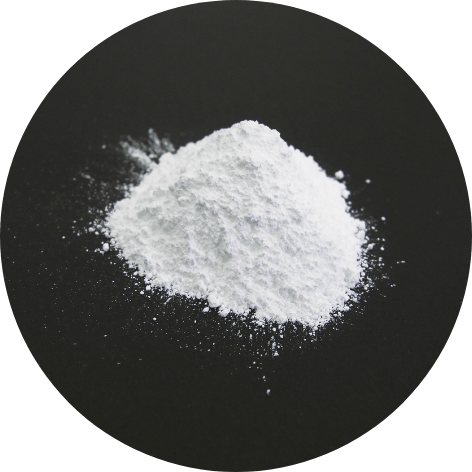 |
|
|
|
Circular carbon methanol synthesis technology (methanol synthesis catalyst) 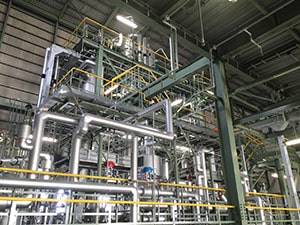 |
|
|
|
DESLIME, a cleaning agent for air-conditioning equipment 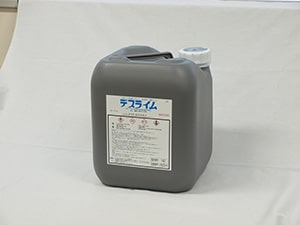 |
|
|
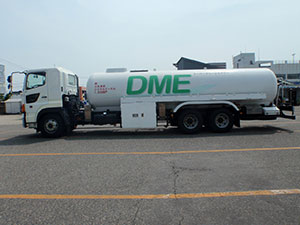 |
|
|
E-H
| Product/technology name | Characteristics | Specific environmental contribution |
|---|---|---|
|
Filler neck protector (Toyo Kagaku) 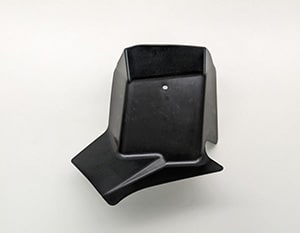 |
|
|
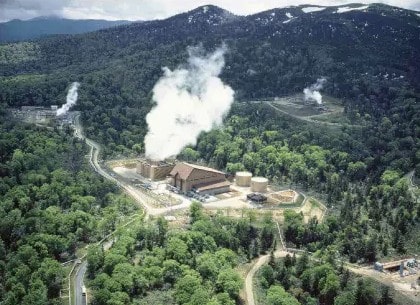 |
|
|
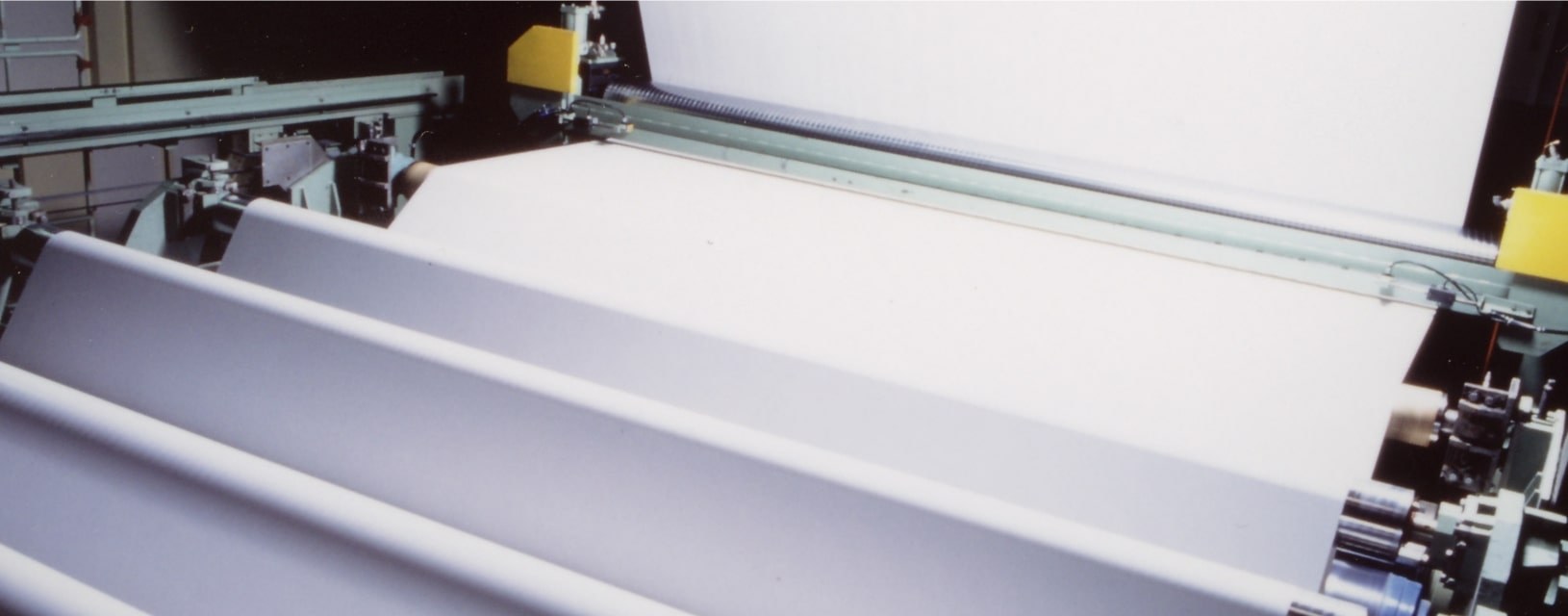 |
|
|
I-L
| Product/technology name | Characteristics | Specific environmental contribution |
|---|---|---|
|
LEXTER™ (bio-based polyamide resin)  |
|
|
M-P
| Product/technology name | Characteristics | Specific environmental contribution |
|---|---|---|
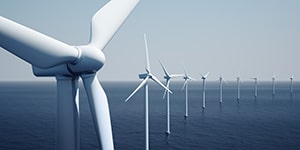 |
|
|
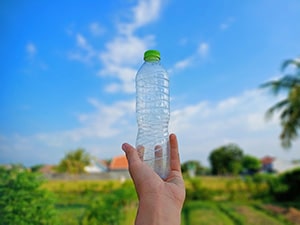 |
|
|
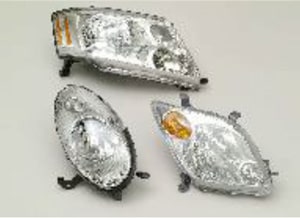 |
|
|
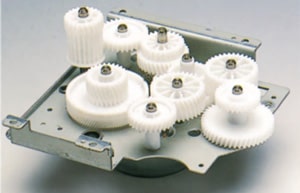 |
|
|
|
PPE (polyphenylene ether resin) 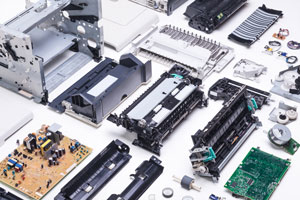 |
|
|
Q-T
| Product/technology name | Characteristics | Specific environmental contribution |
|---|---|---|
|
RENY (thermoplastic polyamide resin) 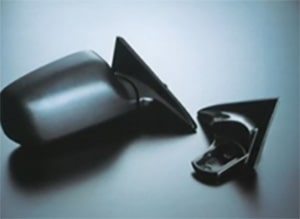 |
|
|
Sharebeing (MGC Group Eco-Friendly Products)
Sharebeing(MGC Group Eco-Friendly Products) are products that reduce environmental impact with respect to the product lifecycle (raw material production, manufacture, distribution, usage, disposal and recycling). This designation may also refer to products or technologies that contribute to creating a better environment.
MGC’s Eco-Friendly Products are certified in line with the criteria detailed below.
Certification Criteria
Products and technologies demonstrating any of the effects below on some aspect of the product lifecycle (raw material production, manufacture, distribution, usage, disposal and recycling)
ApplicationBusiness divisions
Divisions in charge of group companies
ReviewThe Corporate Planning Division, Environmental Safety and Quality Assurance Division, and Production Technology Division will review whether the applied business and product meet the Sharebeing certification criteria.
CertificationSustainability Promotion CommitteeDeliberation and Certification
Certification criteria/Specific environmental contribution
1. Renewable energy
| Area of environmental contribution | Possible examples/tips for evaluation |
|---|---|
| a.Renewable energy development |
|
| b.Products or technologies that contribute to renewable energy production |
|
| c.Products or technologies that encourage renewable energy use |
|
2. Energy conservation
| Area of environmental contribution | Possible examples/tips for evaluation |
|---|---|
| a.Products or technologies able to reduce consumption of energy (fuel, heat, electricity) |
|
| b.Products or technologies that significantly reduce energy use during manufacturing |
|
3. Resource conservation
| Area of environmental contribution | Possible examples/tips for evaluation |
|---|---|
| a.Products or technologies able to reduce consumption of resources (raw materials) |
|
| bProducts or technologies using recycled raw materials |
|
4. Resource recycling
| Area of environmental contribution | Possible examples/tips for evaluation |
|---|---|
| a.Products or technologies able to reduce waste |
|
| b.Products or technologies able to enhance post-use material recycling rates |
|
5. Air quality control
| Area of environmental contribution | Possible examples/tips for evaluation |
|---|---|
| a.Products or technologies able to reduce the amount or hazard of hazardous substances released into the atmosphere |
|
6. Water quality control
| Area of environmental contribution | Possible examples/tips for evaluation |
|---|---|
| a.Products or technologies able to reduce the amount or hazard of hazardous substances released into bodies of water, soil or groundwater |
|
| b.Products ortechnologies able to reduce water usage or wastewater |
|
7. Global warming prevention and adaptation
| Area of environmental contribution | Possible examples/tips for evaluation |
|---|---|
| a.Products or technologies able to reduce emissions of greenhouse gases (GHGs: CO2, CH4, N2O, HFC, others) |
|
| b.Products or technologies able to promote GHG fixation |
|
| c.Products or technologies that adapt to global warming |
|
8. Biodiversity conservation and sustainability
| Area of environmental contribution | Possible examples/tips for evaluation |
|---|---|
| a.Products or technologies that contribute to maintaining a favorable ecosystem balance |
|
| b.Products or technologies that reduce negative impacts on the ecosystem balance |
|
| c.Products or technologies that purify the environment or create and maintain a favorable environment |
|
| d.Products or technologies that contribute to sustainable use of resources and the environment |
|
9. Certification
| Area of environmental contribution | Possible examples/tips for evaluation |
|---|---|
| a.Products that received an environmental label or other certification |
|
